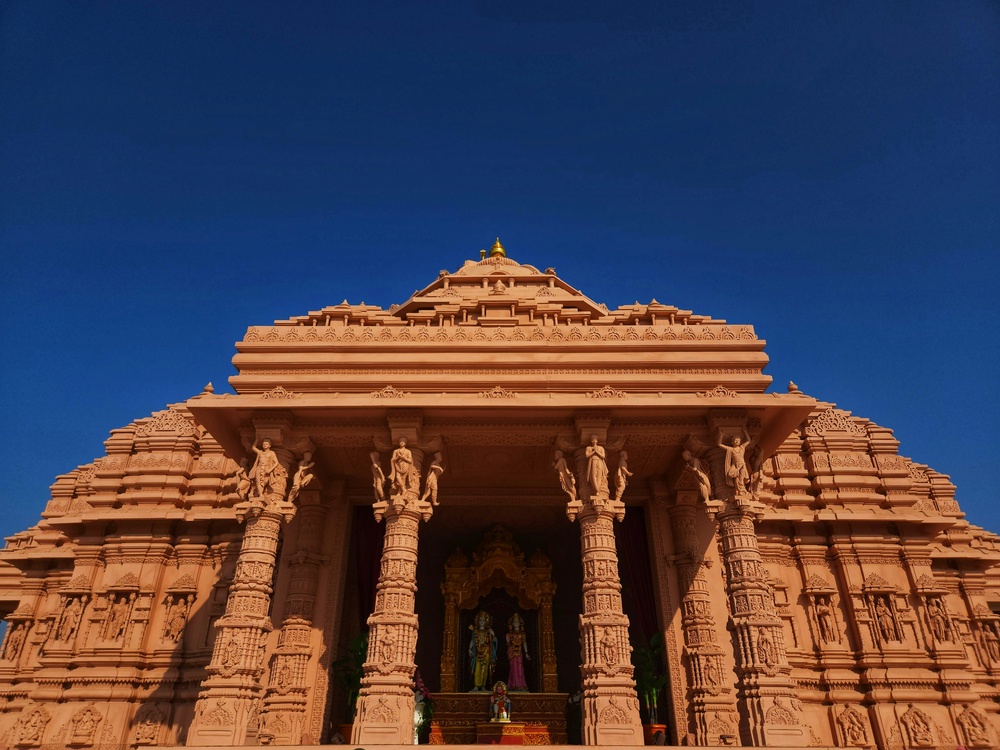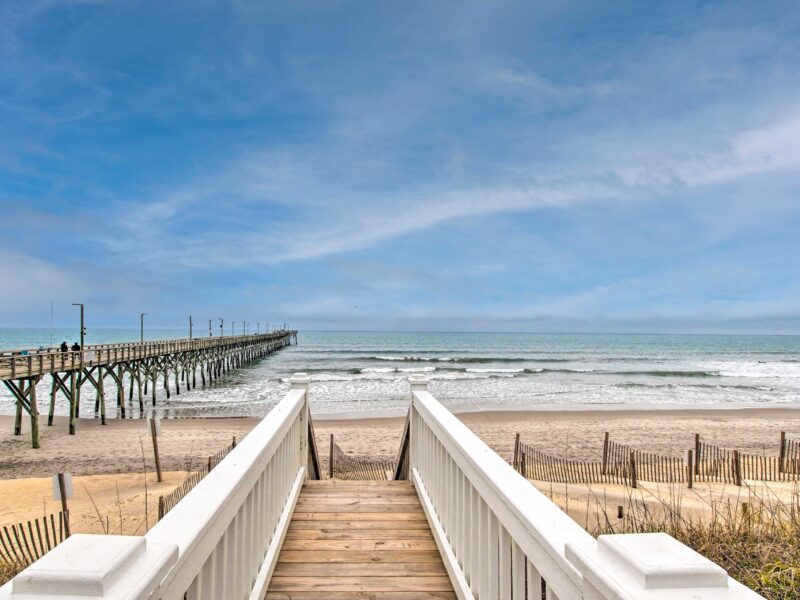Ayodhya, one of India’s most revered and historic cities, stands as a beacon of spirituality and culture. Located on the banks of the sacred Sarayu River in Uttar Pradesh, this ancient city is best known as the birthplace of Lord Rama, a central figure in Hindu mythology and the epic Ramayana. For centuries, pilgrims and tourists alike have flocked to Ayodhya, eager to witness its holy sites, architectural marvels, and serene ghats.
If you’re planning a visit and want to explore the essence of this sacred city, this complete guide to Ayodhya tourist places will help you navigate through its most significant spots, rich history, and spiritual atmosphere.
Why Visit Ayodhya?
Ayodhya holds immense religious significance for Hindus around the world. The city’s temples, ghats, and ancient landmarks offer a unique glimpse into India’s spiritual heritage. Beyond religion, Ayodhya presents a peaceful environment, beautiful riverfronts, and a cultural experience that makes every traveler’s journey unforgettable.
Top Ayodhya Tourist Places You Should Explore
1. Ram Janmabhoomi
At the heart of Ayodhya lies Ram Janmabhoomi, the believed birthplace of Lord Rama. This site is one of the most important pilgrimage destinations in India and has been the focal point of historical and religious events. The newly constructed Ram Temple, with its intricate carvings and grand design, is a marvel that captures the devotion and architectural brilliance of the era.
2. Hanuman Garhi
Perched on a hilltop in the city, Hanuman Garhi is a temple dedicated to Lord Hanuman, the ardent devotee of Lord Rama. The temple is famous for its morning and evening aarti, and the climb up the steps offers visitors spectacular views of the city below. The sanctity and energy here make it a must-visit among Ayodhya tourist places.
3. Kanak Bhawan
Kanak Bhawan is a temple dedicated to Lord Rama and Goddess Sita, renowned for its beautiful gold-plated decorations. According to legends, the temple was gifted to Sita by her mother-in-law Queen Kaikeyi. The temple’s serene ambiance and exquisite architecture make it a favorite spot for devotees.
4. Saryu River and Ghats
The holy Saryu River flows alongside Ayodhya, playing a crucial role in the city’s spiritual fabric. The ghats of Saryu are bustling with activity throughout the day, especially during religious festivals and rituals. Taking a boat ride along the river at sunset offers a tranquil experience, immersing visitors in the divine atmosphere.
5. Nageshwarnath Temple
Nageshwarnath Temple is one of the oldest temples dedicated to Lord Shiva in Ayodhya. Built by the sage Kush, it holds a special place in the hearts of devotees. The temple’s stunning architecture and spiritual aura attract visitors, particularly during Maha Shivratri celebrations.
6. Treta Ke Thakur
This ancient temple marks the place where Lord Rama is believed to have performed the Ashwamedha Yagna, a grand sacrificial ritual. Treta Ke Thakur is an emblem of Ayodhya’s historical and religious significance and is a peaceful place for prayer and reflection.
7. Guptar Ghat
Guptar Ghat is said to be the spot where Lord Rama, Sita, and Lakshman took Jal Samadhi (left their earthly bodies). This quiet and sacred ghat offers visitors a chance for meditation and spiritual connection, away from the hustle and bustle of the city.
8. Ram Katha Park
Ram Katha Park is a beautifully landscaped area showcasing the story of Lord Rama through sculptures and murals. It’s a great place for families and tourists to relax while learning about the epic Ramayana in an engaging and artistic manner.
9. Treta Ka Thakur Museum
For those interested in the archaeological and cultural heritage of Ayodhya, the Treta Ka Thakur Museum houses ancient artifacts, manuscripts, and sculptures that depict the city’s glorious past. It’s an educational stop that complements the spiritual journey.
10. Bharat Kund
Dedicated to Bharat, Lord Rama’s brother, Bharat Kund is a serene place where Bharat is believed to have awaited Rama’s return during his exile. The kund (tank) and the surrounding temples offer a calm and sacred environment for visitors.
Practical Information for Travelers
- Best Time to Visit: October to March, when the weather is cool and pleasant.
- How to Reach: Ayodhya is well connected by rail, road, and air (via nearby Ayodhya Airport). Regular trains and buses operate from major cities.
- Accommodation: From budget lodges to mid-range hotels, Ayodhya offers various options for accommodation close to the main tourist spots.
- Local Cuisine: Enjoy traditional North Indian fare including sweets like peda, jalebi, and kheer.
- Cultural Etiquette: Modest clothing is recommended when visiting temples, and it’s important to respect local customs and religious practices.
Conclusion
Exploring Ayodhya tourist places is like walking through the pages of ancient Indian history and spirituality. From the divine Ram Janmabhoomi to the serene ghats of the Saryu River, every corner of this sacred city tells a story of faith, devotion, and culture.
Whether you are a pilgrim seeking spiritual solace or a traveler wanting to experience India’s rich heritage, Ayodhya offers an enriching and unforgettable journey. Make sure to include these iconic spots in your itinerary for a complete and meaningful experience of the sacred city.
Plan your visit to Ayodhya today and immerse yourself in the timeless aura of one of India’s holiest cities.



